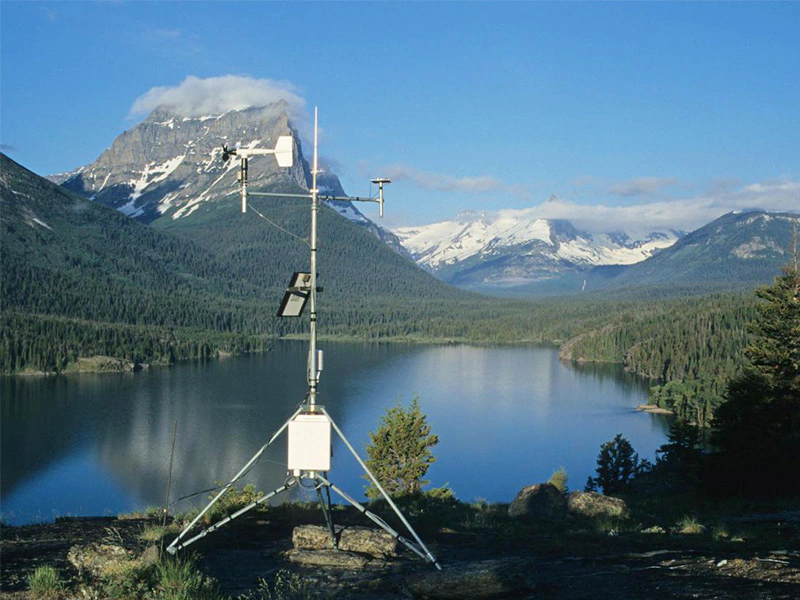Meteorological Station: Definition and Functions

# Meteorological Station: Definition and Functions
## What is a Meteorological Station?
A meteorological station, also known as a weather station, is a facility equipped with instruments and devices designed to measure and record various atmospheric conditions. These stations play a crucial role in weather forecasting, climate research, and environmental monitoring by collecting data about temperature, humidity, atmospheric pressure, wind speed and direction, precipitation, and other weather-related parameters.
## Key Components of a Meteorological Station
### 1. Temperature Measurement
Meteorological stations typically use thermometers or digital temperature sensors to measure air temperature. These instruments are often placed in a Stevenson screen to protect them from direct sunlight and other environmental factors that could affect accuracy.
### 2. Humidity Measurement
Hygrometers measure relative humidity, which is the amount of water vapor present in the air compared to the maximum amount the air could hold at that temperature. This information is crucial for understanding weather patterns and predicting precipitation.
### 3. Atmospheric Pressure
Barometers measure atmospheric pressure, which helps meteorologists track weather systems and predict changes in weather conditions. Changes in pressure often indicate approaching storms or fair weather.
### 4. Wind Measurement
Anemometers measure wind speed, while wind vanes determine wind direction. These instruments are typically mounted on towers or poles to avoid interference from nearby structures.
### 5. Precipitation Measurement
Rain gauges collect and measure the amount of liquid precipitation over a set period. Some advanced stations may also measure snowfall and hail.
## Types of Meteorological Stations
### Automatic Weather Stations (AWS)
These are fully automated stations that collect and transmit data without human intervention. They’re particularly useful in remote locations and for continuous monitoring.
### Synoptic Weather Stations
These stations provide comprehensive weather observations at specific times (usually every hour) and are part of a global network for weather forecasting.
### Agricultural Weather Stations
Specialized stations that focus on parameters important for farming, such as soil temperature, leaf wetness, and evaporation rates.
## Functions and Importance of Meteorological Stations
### Weather Forecasting
The primary function of meteorological stations is to provide data for weather forecasting. By analyzing trends and patterns in the collected data, meteorologists can predict future weather conditions with increasing accuracy.
### Climate Monitoring
Long-term data collected by weather stations helps scientists understand climate patterns, detect climate change, and study its impacts on ecosystems and human activities.
### Aviation Safety
Airports maintain meteorological stations to provide pilots with critical information about weather conditions that could affect flight operations.
### Disaster Warning
Weather stations play a vital role in early warning systems for natural disasters like hurricanes, tornadoes, and floods, potentially saving lives and property.
### Agricultural Planning
Farmers rely on weather station data to make decisions about planting, irrigation, and harvesting, helping to optimize crop yields.
## Conclusion
Meteorological stations serve as the backbone of weather observation and climate monitoring systems worldwide. From simple manual stations to sophisticated automated networks, these facilities provide the essential data that helps us understand and predict atmospheric conditions. As technology advances, meteorological stations continue to become more accurate and efficient, contributing to improved weather forecasting, climate research, and various applications that affect our daily lives.
Keyword: what is meteorological station


